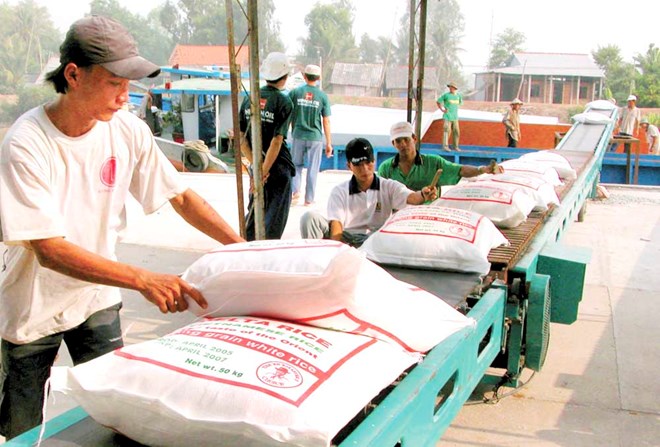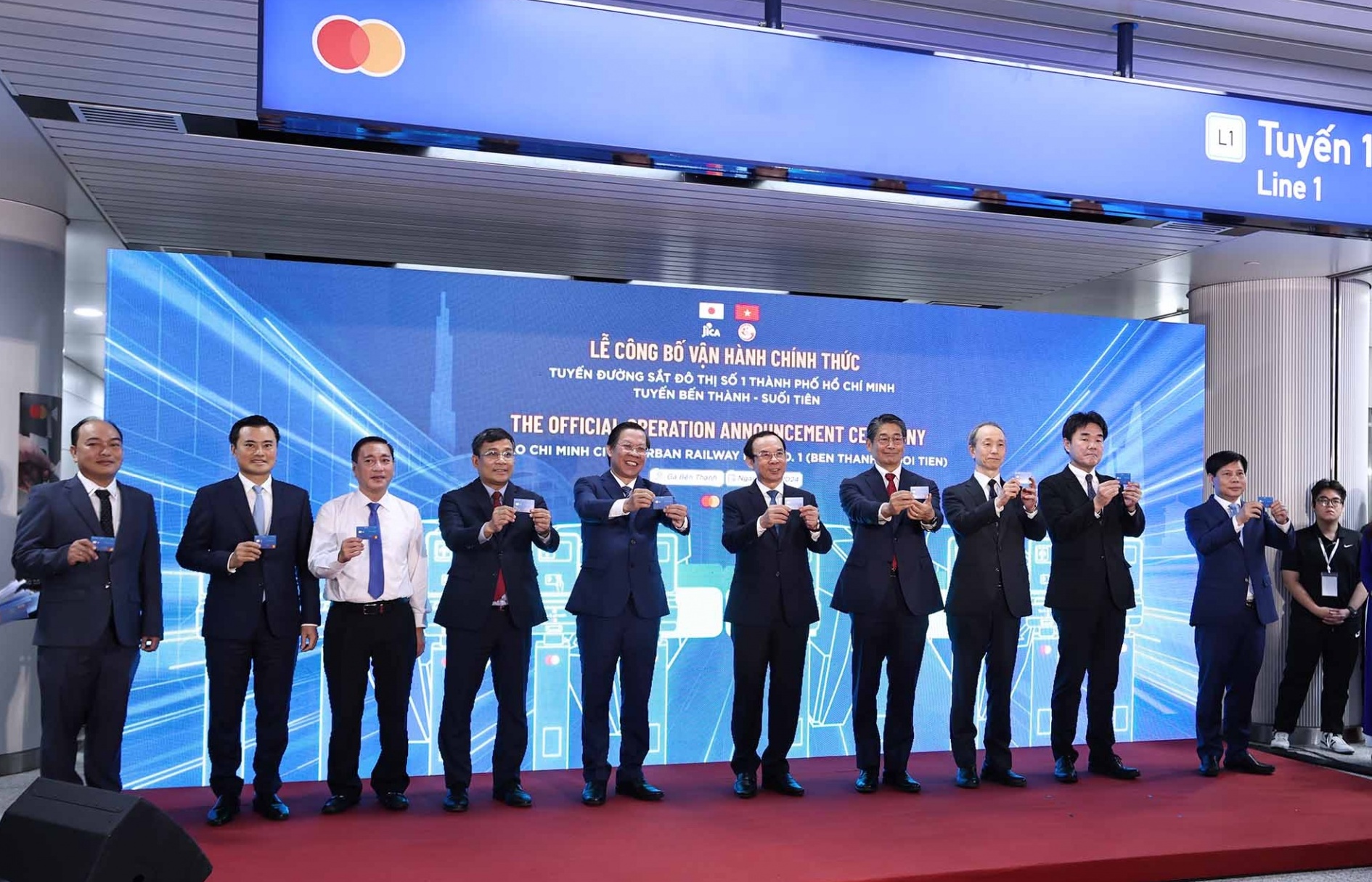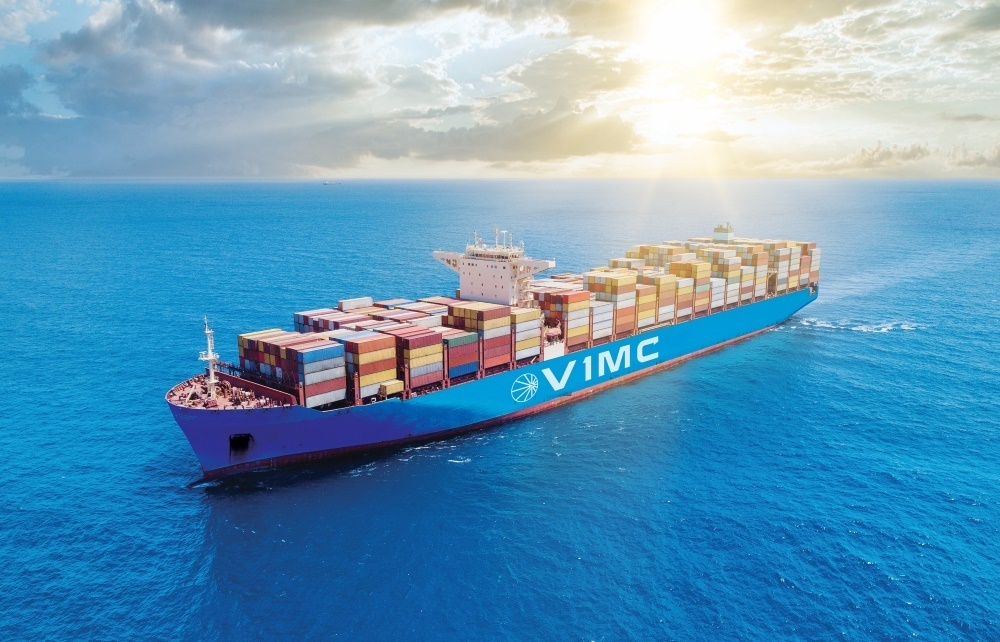Fears over surplus rice sales in India, Thailand may be groundless

Over the past two weeks local newspapers have reported that Thailand – a leading global rice exporter – is dumping their colossal stocks while Indonesia has also announced an even larger supply. This may cause the price of rice to tumble around the world and have a major impact on Vietnam’s exports.
At this point the Mekong Delta – Vietnam’s granary – has begun its major harvest season and the news from Thailand and India is likely to cast a pall over both the domestic and export markets.
Let’s go inside these assumptions.
First is the case of Thailand.
According to the US Department of Agriculture (USDA) and the Thai Rice Exporters Association (TREA) statistics, following the government’s subsidy policy the Thai government bought over 55 million tonnes of paddy rice (equivalent to nearly 36 million tonnes of rice, three quarters of it white rice) at higher than market prices from October 2011 to February 2014.
Meanwhile the country only exported 10.3 million tonnes of white rice at prices averages $540 per tonne, meaning that Thailand is still holding onto stocks of nearly 16.5 million tonnes of white rice and about 5 million tonnes of glutinous and high-grade rice varieties.
Given this situation, early this year Thai acting Minister of Commerce unveiled a plan to sell one million tonnes of rice each month in the first quarter of 2014.
A USDA report showed that from the beginning of this year through February 13 there were only three public rice auctions in Thailand at which nearly 860,000 tonnes of rice were offered for sale.
The bid price was from 12-30 per cent lower than market price, fluctuating in the range of $322-$405 per tonne and only 100,000 tonnes was reportedly earmarked for export.
But the winning bid price and volumes have yet to be announced.
Also according to the USDA, by February 23 Thailand had only exported 464,000 tonnes of white rice, down 31 per cent against the same period 2013.
Therefore, the concern that Thailand was dumping its huge rice stocks remains most likely an assumption.
In the case of India, saying that Vietnamese rice can’t compete in the global market due to the fact that India has huge reserves of 32 million tonnes was baseless. Why?
It is likely because according to USDA reports from the time India resumed rice exports in September 2011, the government has never held a rice auction. It has consistently held wheat flour auctions.
This practice may suggest the Indian government is using its rice stocks to support the price subsidy policy for local consumers via a public distribution system.
The USDA has reasons to forecast that the demand for rice in India would rise by three million tonnes, leading to a two million tonne reduction of exports.
This year is the first that the Indian government has executed its law on food security, a promise made by the ruling party four years ago.
This means about 70 per cent of the population in rural areas and 50 per cent in urban areas will benefit from the government’s price subsidy, leading to a huge amount of rice being mobilised to serve the programme.
In other words, the reasons why Thailand and India are retaining their rice stocks are different and therefore equating them and linking them to Vietnam’s rice exports is not a fair assumption.
Top experts and government authorities need to step in to investigate whether Thailand is dumping its rice stocks to ensure stability in the domestic market. This is the only way to truly protect Mekong farmers’ best interests.
What the stars mean:
★ Poor ★ ★ Promising ★★★ Good ★★★★ Very good ★★★★★ Exceptional
Latest News
More News
- Decoding the variables shaping investments in 2025 (December 13, 2024 | 10:53)
- Vietnamese enterprises embrace value creation model (December 13, 2024 | 09:00)
- Happy Vietnam awards honour photo and video artists (December 13, 2024 | 08:54)
- Vietnam unveils 2024 rankings of top employers and value-driven enterprises (December 12, 2024 | 17:00)
- ‘Blockbuster’ Eaton Park sells out just one week after launch (December 12, 2024 | 08:00)
- German businesses remain upbeat about Vietnam (December 11, 2024 | 15:45)
- Tech giants bet big on Vietnam's future (December 10, 2024 | 17:53)
- Forum on green solutions for industrial parks and investment promotion organised in Vinh Phuc (December 09, 2024 | 19:08)
- Vietnam and GGGI launch plan for green growth and climate action (December 08, 2024 | 20:38)
- FTZs to open regional doors for logistics (December 07, 2024 | 10:00)



















 Mobile Version
Mobile Version